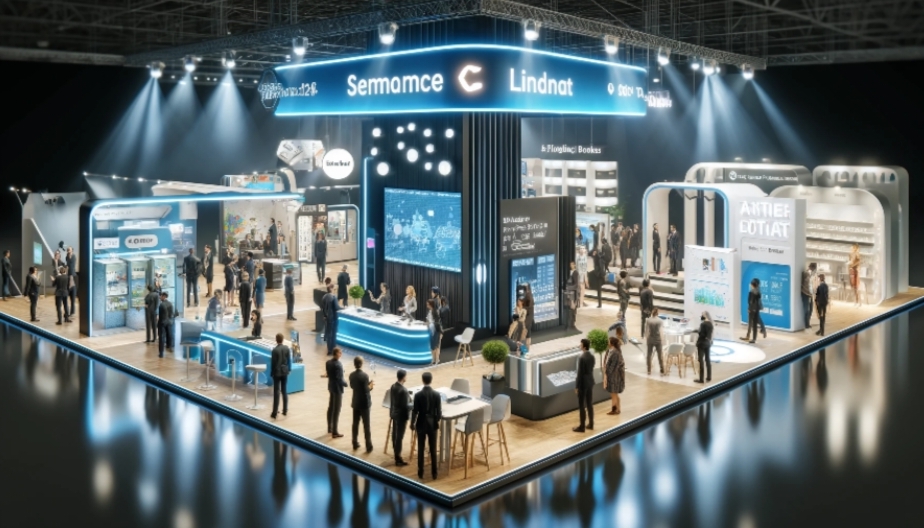Stepping into a trade show can feel like walking into a busy marketplace where every spot is essential and every booth is trying to grab your attention. In this competitive setting, having a well-designed and functional trade show booth is critical. It’s your primary tool for getting noticed and connecting with people. This is where you make your pitch and show potential clients and partners what your company is all about. It’s not just about making an excellent first impression; it’s about creating an impression that lasts. Knowing what makes a booth stand out is crucial as you move through the crowd of competitors.
Let’s look at the key elements that can turn your trade show booth from just another one in the line to a standout spot full of opportunities.
Contents
1. Strategic Design and Layout
Your booth layout is the foundational blueprint that dictates visitor flow and interaction. A strategic design maximizes the use of space while ensuring it is inviting and accessible. Key considerations include:
(i). Visibility: High-impact visuals and clear signage that can be seen from different angles and distances.
(ii). Accessibility: An open and welcoming layout that encourages attendees to step in and explore.
(iii). Functionality: Efficient use of space that accommodates demonstrations, displays, and storage without feeling cluttered.
2. Compelling Visuals and Graphics
Visuals and graphics are the elements that first catch an attendee’s eye. They should resonate with your brand identity and communicate your key messages succinctly and effectively. Elements to focus on include:
(i). Consistency: Cohesive color schemes and imagery that align with your brand.
(ii). Quality: High-resolution images and professional graphics underscore your company’s credibility.
(iii). Engagement: Interactive displays or digital screens that can engage visitors and provide dynamic content.
3. Engaging Content and Messaging
Content is king, even on the trade show floor. Your messaging should be clear, concise, and targeted to the audience you wish to attract. Practical communication tools include:
(i). Product Demonstrations: Live demos showing your products’ effectiveness and benefits.
(ii). Digital Content: Touchscreens or VR experiences that allow more profound interaction with your offerings.
(iii). Promotional Material: Well-crafted takeaways, such as brochures or product samples, keep your brand in the minds of attendees.
4. Staff Training and Interaction
The staff at your booth are the face of your brand. Their interaction with trade show attendees can make or break the effectiveness of your booth. Essential practices include:
(i). Professionalism: Well-trained, knowledgeable, and approachable staff.
(ii). Engagement: Ability to engage in meaningful conversations, answer questions thoroughly, and effectively communicate brand values.
(iii). Presentation: Professional attire and a friendly demeanor that reflects your brand’s image.
5. Lighting and Sound
Lighting and sound are often underestimated but crucial aspects of booth design. Proper lighting highlights your products and creates an inviting atmosphere, while controlled sound ensures your messages are heard without overwhelming visitors. Consider:
(i). Spotlighting: To emphasize specific products or areas within the booth.
(ii). Ambient Lighting: To create a welcoming and comfortable environment.
(iii). Sound Quality: Ensuring clarity of presentations and avoiding noise pollution.
In conclusion, creating an effective trade show booth involves strategic planning, compelling design, and dynamic content. Each element should synergize to draw attention and promote meaningful engagement. By focusing on thoughtful booth design and integrating impactful trade show booth exhibits, you can build a memorable presence that captivates and converts passersby into potential clients. Remember, in the vast sea of exhibits, the details can elevate your booth from ordinary to extraordinary.




